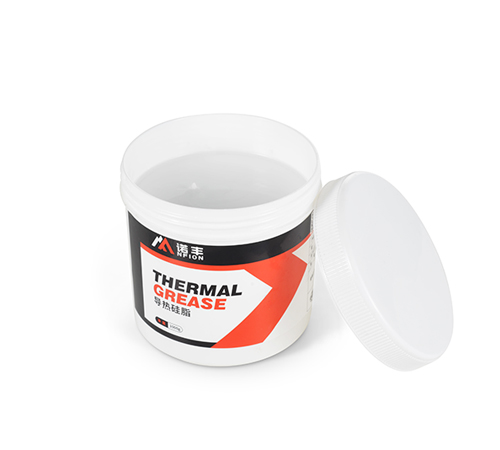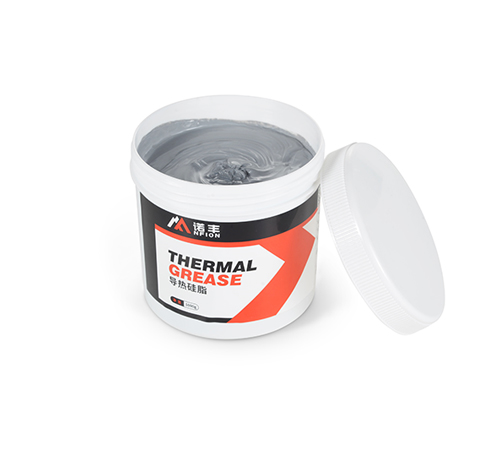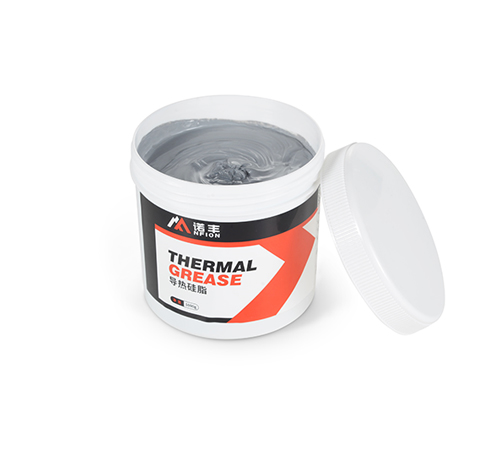How to Prevent Thermal Grease from Falling Off? Tips to Improve CPU Cooling
Thermal grease, commonly used in computers and electronic devices, is a crucial thermal management material applied between the central processing unit (CPU) and the heatsink to improve thermal conductivity and reduce processor temperature. Many users often wonder, will the thermal grease applied to the CPU fall off? This article will delve into this question, discussing the properties of thermal grease, its application principles, methods of use, and the factors that may influence whether it falls off.
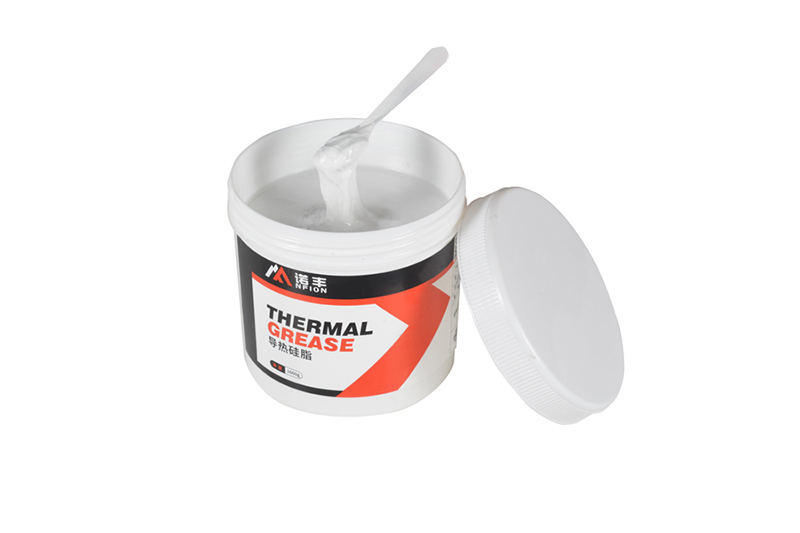
Basic Properties of Thermal Grease
Thermal grease is a heat interface material (TIM) used to fill microscopic gaps between the CPU and the heatsink. It typically consists of silicone oil and fine metal or ceramic particles, which effectively reduce the thermal resistance at the interface and enhance heat transfer efficiency. The viscosity and fluidity of thermal grease determine whether it will detach or dry out, and these properties are closely related to the application method, environmental temperature, and time.
Will Thermal Grease Fall Off After Application?
1. Application Method and Layer Thickness
If thermal grease is applied improperly—such as too thick or unevenly—it may affect the thermal conductivity and increase the risk of the grease falling off. Excess thermal grease may be squeezed out of the CPU surface during the installation of the heatsink, causing some of it to flow out or fall off. The correct method is to apply a thin and even layer to ensure optimal thermal conductivity while avoiding excess grease that may be displaced under pressure.
2. Adhesion of Thermal Grease
High-quality thermal grease generally exhibits strong adhesion, allowing it to firmly stick to the CPU surface, even during the installation and removal of the heatsink. Most thermal greases used by consumers undergo rigorous quality testing to ensure sufficient stickiness and durability. However, using low-quality or expired grease may reduce its adhesive power, leading to easy detachment or hardening.
3. Temperature Changes and Thermal Cycling
During the prolonged operation of the CPU, thermal grease undergoes repeated temperature fluctuations, especially due to thermal cycling (the process of heating and cooling). These repeated expansions and contractions can affect the adhesion and structure of the grease. If the thermal grease is of low quality or applied unevenly, long-term temperature variations may cause it to fall off or dry out, ultimately impacting heat dissipation.
4. Handling During Installation and Removal
Improper handling during the installation of the heatsink, such as excessive pressure or frequent removal and reinstallation, can also affect the stability of thermal grease. The mechanical force between the heatsink and the CPU may alter the distribution of the grease, and improper handling can lead to displacement or leakage, causing the thermal grease to fall off. Therefore, it is important to apply the right technique and moderate force during installation and removal.
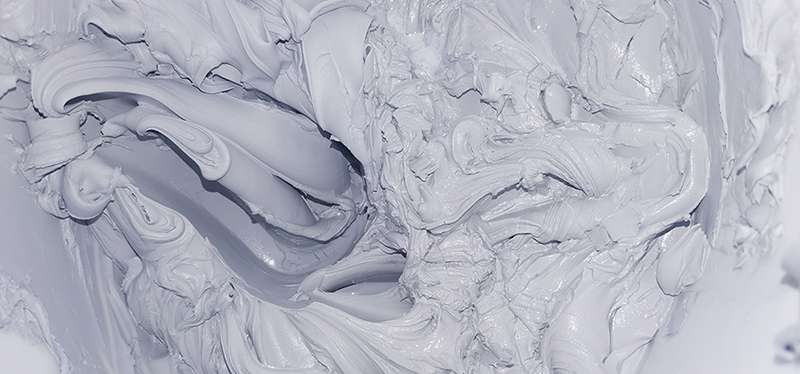
Recommendations to Prevent Thermal Grease from Falling Off
To prevent thermal grease from falling off after application, users should consider the following recommendations:
1. Choose High-Quality Thermal Grease: High-quality thermal grease performs better in terms of adhesion, thermal conductivity, and stability, effectively preventing detachment due to improper use or the passage of time.
2. Correct Application: Apply a thin, even layer of thermal grease to ensure optimal heat transfer while avoiding excess. Generally, applying a small drop and spreading it evenly under pressure is sufficient.
3. Avoid Frequent Removal of the Heatsink: Try to keep the heatsink firmly in place during installation to minimize unnecessary removal, reducing the chance of thermal grease being displaced or reapplied.
4. Regular Inspection and Replacement: Over time, thermal grease may age or dry out, reducing its effectiveness. It is recommended to periodically inspect and replace the thermal grease, especially in high-load environments.
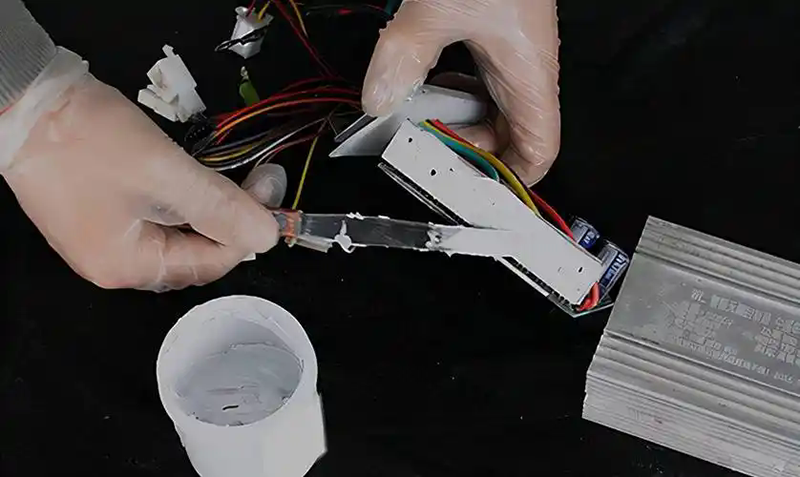
Conclusion
Whether thermal grease applied to the CPU will fall off depends on various factors, including the quality of the thermal grease, the application method, handling procedures, and long-term temperature changes. Under normal circumstances, high-quality thermal grease adheres well to the CPU surface, and it is not likely to fall off during heatsink installation and removal. However, improper application or low-quality thermal grease can lead to displacement or detachment, affecting the heat dissipation performance. Therefore, choosing the right thermal grease and applying it correctly is essential for maintaining optimal CPU cooling efficiency.



 CN >
CN >
